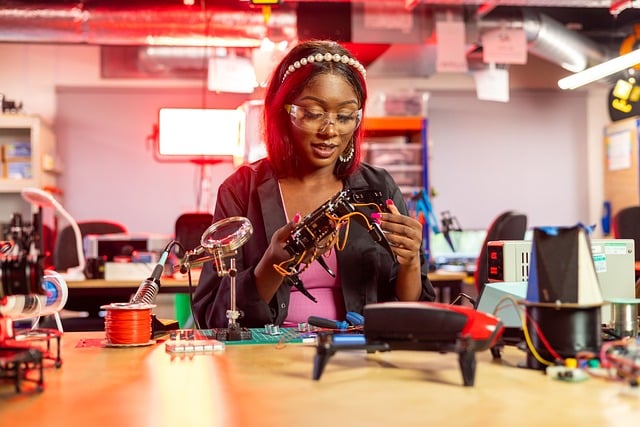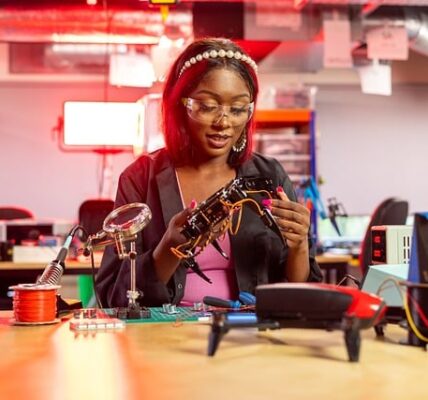Teaching Kids to Use Technology Wisely
In today’s digital age, technology plays an increasingly important role in our daily lives. From educational resources to entertainment and social media, technology has made it easier than ever for kids to access information and connect with others. However, with the rise of technology comes the risk of over-reliance on screens and the potential negative effects on children’s physical and mental health, social skills, and academic performance.
As a parent or educator, it’s essential to teach kids how to use technology wisely, balancing the benefits of digital media with the need for balance and moderation. In this article, we’ll explore key points to consider when teaching kids to use technology wisely, including setting boundaries, promoting digital literacy, and encouraging responsible behavior online.
Understanding the Importance of Balance
In today’s fast-paced world, it’s easy for kids to get sucked into the vortex of technology. However, research has shown that excessive screen time can have negative effects on children’s physical and mental health, including obesity, sleep disturbances, and decreased attention span.
To promote balance in your child’s tech use, consider setting limits on screen time, encouraging outdoor play, and modeling healthy behavior yourself. For example, the American Academy of Pediatrics recommends that children aged 2-18 years old spend no more than 1-2 hours per day using screens for entertainment purposes.
Digital literacy is the ability to effectively use technology to access information, communicate with others, and solve problems. As a parent or educator, it’s essential to promote digital literacy in kids to ensure they can navigate the digital world safely and responsibly.
To promote digital literacy, consider providing opportunities for your child to learn about different types of technology, such as computers, tablets, and smartphones. Encourage them to explore online resources, including educational websites, apps, and games that promote learning and creativity.
Online safety is a critical aspect of teaching kids to use technology wisely. As a parent or educator, it’s essential to educate your child on how to protect themselves online, including avoiding cyberbullying, stranger danger, and online predators.
To promote online safety, consider having open conversations with your child about their online experiences, monitoring their online activity, and teaching them about digital citizenship, including the importance of respecting others’ privacy and online etiquette.
Assessing Digital Literacy Skills
Assessing your child’s digital literacy skills is essential to ensure they’re using technology effectively. Consider using assessments or quizzes to evaluate their skills, including basic computer skills, online safety, and digital citizenship.
To create a comprehensive digital literacy plan, consider consulting with an educational specialist or online resource, such as the Northstar Digital Literacy Assessment, to develop a personalized plan that meets your child’s unique needs and learning style.
Step-by-Step Guide to Teaching Kids to Use Technology Wisely
1. **Set Boundaries**: Establish rules for screen time and monitor your child’s online activity to ensure they’re staying within limits.
2. **Promote Digital Literacy**: Provide opportunities for your child to learn about different types of technology, including computers, tablets, and smartphones.
3. **Encourage Responsible Behavior Online**: Teach your child about digital citizenship, including the importance of respecting others’ privacy and online etiquette.
4. **Assess Digital Literacy Skills**: Use assessments or quizzes to evaluate your child’s skills, including basic computer skills, online safety, and digital citizenship.
5. **Model Healthy Behavior**: As a parent or educator, it’s essential to model healthy behavior yourself, using technology responsibly and promoting balance in your own life.
Conclusion
Teaching kids to use technology wisely requires patience, consistency, and a commitment to promoting healthy habits. By setting boundaries, promoting digital literacy, encouraging responsible behavior online, assessing digital literacy skills, and modeling healthy behavior, you can help your child navigate the digital world safely and responsibly. Remember, it’s essential to find a balance between screen time and other activities that promote physical and mental well-being. With time and practice, kids will develop the skills they need to thrive in today’s technology-rich world.




